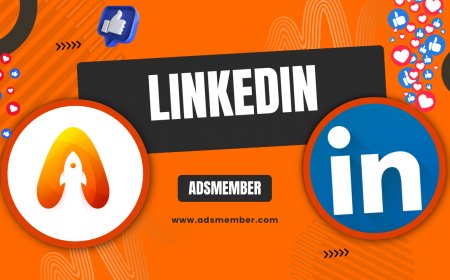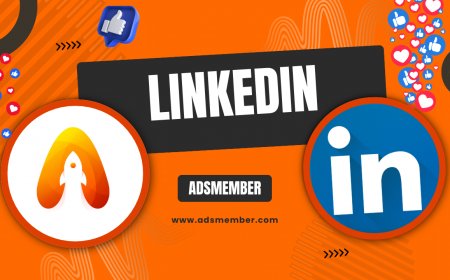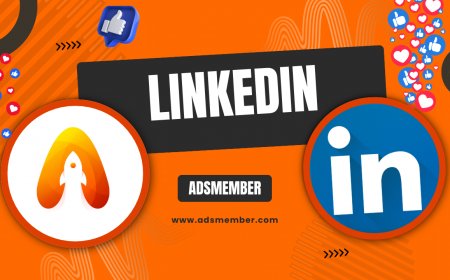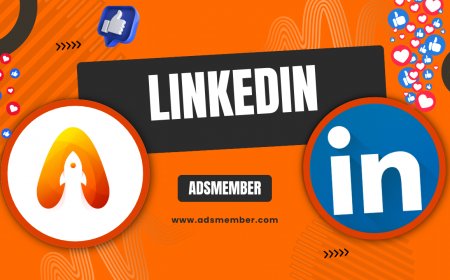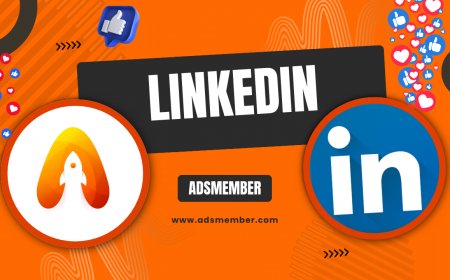How to Deactivate LinkedIn: Step-by-Step Guide for 2023
Learn how to deactivate LinkedIn with this easy 2023 guide. Follow step-by-step instructions to close your account temporarily and protect your data.
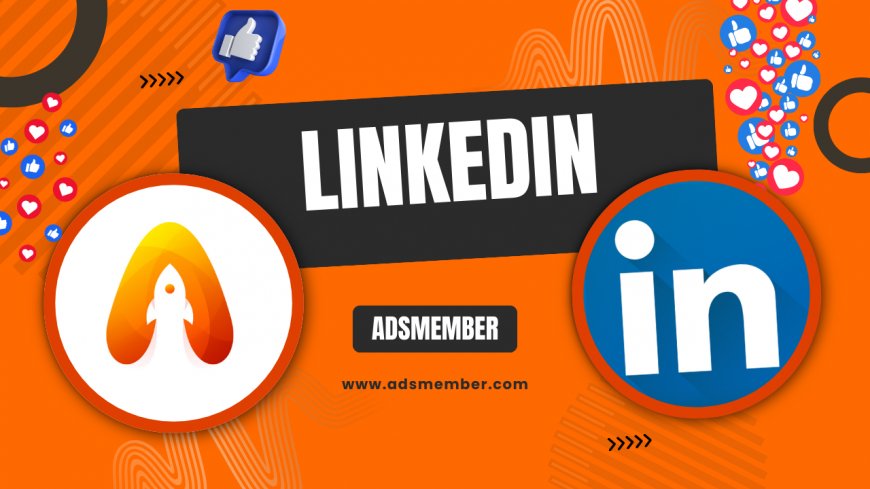
Thinking about taking a break from LinkedIn? Honestly, I get it—sometimes the constant notifications and networking pressure can feel overwhelming. Whether you’re stepping away for privacy reasons or just need a digital detox, knowing how to deactivate LinkedIn is a straightforward process. In this guide, I’ll walk you through the exact steps to temporarily close your account, share some unique tips I’ve learned from years of managing social media profiles, and highlight what to consider before hitting that deactivate button. Let’s dive in and make this as painless as possible!
Why Deactivate LinkedIn? My Take
In my opinion, deactivating LinkedIn can be a smart move if you’re job hunting discreetly or simply want to reduce your online footprint. Unlike deleting your account (which is permanent), deactivation is temporary—your profile, connections, and data stay intact but hidden. According to Statista, LinkedIn had over 930 million users in 2023 (Statista), so stepping away can also mean less spam or unwanted outreach. Whatever your reason, let’s explore how to do it right.
Key Reasons to Hit Pause
- Privacy concerns: Limit who sees your professional history.
- Digital detox: Take a break from networking stress.
- Job search secrecy: Hide your profile from current employers.
How to Deactivate LinkedIn: Step-by-Step Process
Deactivating LinkedIn, or ‘hibernating’ as the platform calls it, is easier than you might think. I’ve done this myself during a career pivot, and it took less than five minutes. Below are the detailed steps to ensure you don’t miss anything. Make sure you’re logged in on a desktop or mobile app before starting—trust me, it’s smoother that way.
Step 1: Access Your Account Settings
Head to the top-right corner of LinkedIn and click on your profile picture. From the dropdown, select ‘Settings & Privacy.’ This is your control hub for all account changes. If you’re on mobile, tap your profile icon and navigate to ‘Settings.’ Easy peasy!
Step 2: Navigate to Account Management
Under the ‘Account’ tab, scroll to ‘Account Management.’ You’ll see an option labeled ‘Hibernate Account.’ LinkedIn uses ‘hibernate’ instead of ‘deactivate,’ but it’s the same concept—your profile becomes invisible to others. Click on it to proceed.
Step 3: Confirm Your Decision
LinkedIn will ask why you’re hibernating. Pick a reason (or skip it), then confirm. You might need to re-enter your password for security. Once done, your profile, posts, and activity vanish from public view. Don’t worry—everything’s still there when you return.
Unique Tip: Download Your Data First
Before deactivating, request a data download under ‘Privacy’ settings. I always do this as a backup—LinkedIn lets you export connections, messages, and profile info. It takes 24–48 hours, but it’s worth the peace of mind.
Pros and Cons of Deactivating LinkedIn
Let’s weigh the benefits and drawbacks. I’ve found that deactivating can be a double-edged sword, so here’s a quick breakdown to help you decide.
- Pros:
- Temporary privacy without losing data.
- Reduces unwanted recruiter spam.
- Helps focus during a career break.
- Cons:
- Missed networking opportunities.
- Profile invisible to potential employers.
- Group memberships may be affected.
Visual Guide: LinkedIn Deactivation Infographic
What Happens After Deactivation?
Once you deactivate, your profile disappears from LinkedIn search and public view. Honestly, it’s a relief to know no one can stalk your career moves! Your connections can’t message you, and your activity (like posts or comments) won’t show. However, if you’re a group admin, LinkedIn might keep some data visible—check group settings to avoid surprises. Reactivating is simple: just log back in, and everything reappears.
Case Study: My Experience with Deactivation
A few years back, I hibernated my LinkedIn during a sabbatical. I didn’t want clients pinging me, and it worked like a charm. The downside? I missed a few freelance gigs because my profile was hidden. My tip: Set a calendar reminder to reactivate if you’re job hunting soon. It’s a small step that saved me later.
Alternatives to Deactivation
Not ready to fully deactivate? I’ve been there—sometimes you just want less visibility without disappearing. LinkedIn offers privacy tweaks that might work instead. Head to ‘Settings & Privacy’ and adjust who sees your profile, posts, or activity. You can also turn off ‘Open to Work’ badges if you’re avoiding recruiters. For more privacy tips, check out our Social Media Privacy Guides.
FAQ: Can I Reactivate My LinkedIn Account?
Absolutely! Reactivating is as easy as logging back in with your credentials. Your profile, connections, and data will reappear instantly. Just note that if it’s been over 20 days, some group memberships might need rejoining. I’ve done this before, and it’s seamless—LinkedIn really prioritizes user retention.
FAQ: Will Deactivating LinkedIn Affect My Premium Subscription?
Yes, it can. Deactivating pauses your visibility, but your Premium subscription might still bill unless canceled separately. Before hibernating, go to ‘Premium Account Settings’ and manage your plan. I learned this the hard way once—double-check to avoid unexpected charges!
FAQ: Is Deactivating LinkedIn the Same as Deleting?
No, they’re different. Deactivation (hibernation) is temporary—your data stays safe, and you can return anytime. Deleting is permanent; LinkedIn erases everything after 14 days. If you’re unsure, start with deactivation. In my experience, it’s the safer bet while you decide long-term.
What's Your Reaction?
 Like
0
Like
0
 Dislike
0
Dislike
0
 Love
0
Love
0
 Funny
0
Funny
0
 Angry
0
Angry
0
 Sad
0
Sad
0
 Wow
0
Wow
0





































